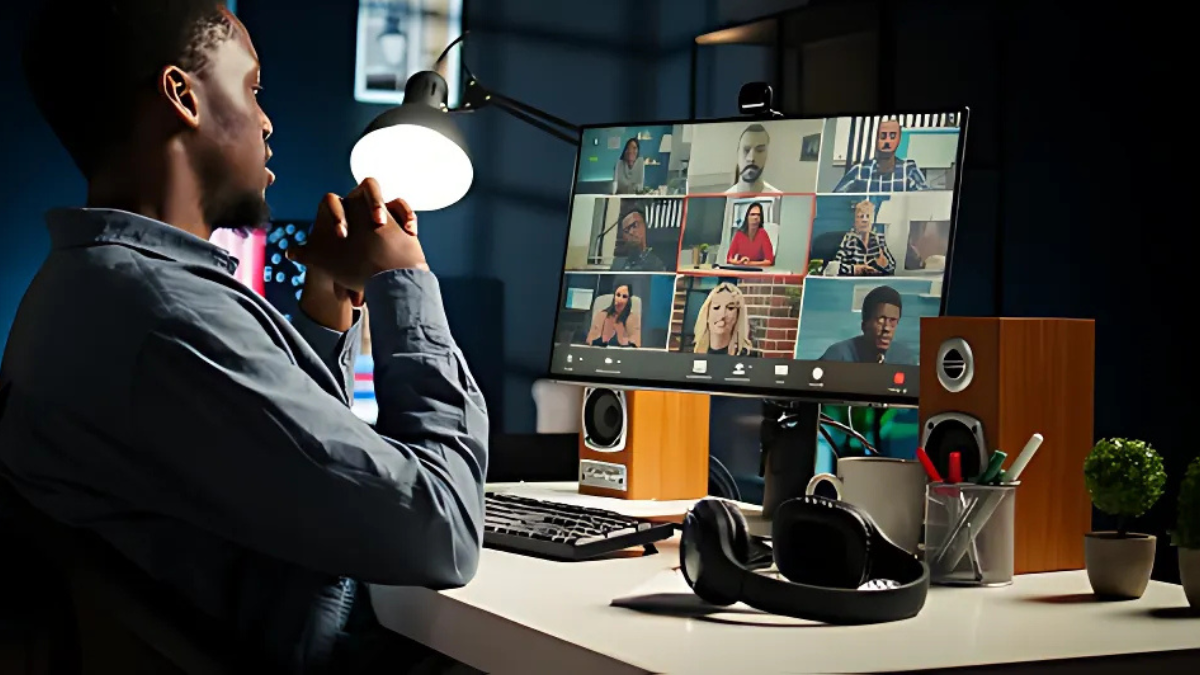Zoom fatigue is real, and you’re not being dramatic. That bone-deep exhaustion after back-to-back video calls hits differently than any regular workday tiredness. You’re stuck staring at your own face, decoding delayed reactions, and struggling to read body language
Your eyes are locked in an unnatural, constant gaze that triggers your fights response.You’re processing facial expressions at odd angles, compensating for audio lag, and maintaining an unblinking focus that humans simply didn’t evolve for.
Add in the pressure to perform on camera and the anxiety of technical glitches, and you’ve got a recipe for mental exhaustion.
1. Your Brain Hates Video Calls

What Scientists Measured in Your Brain?
Researchers at an Austrian university hooked up 35 students to brain monitors. They used an EEG to track brain waves and an EKG to monitor heart activity. Half the students sat in a 50-minute video lecture. The other half attended in person. The results were clear. During video calls, brain waves showed exhaustion after just 15 minutes. Heart rates slowed down. Students reported feeling drowsy and “fed up. Video conference fatigue is real.
One Simple Fix

A 2025 study found something helpful. When you turn off self-view, that little box showing your face, your brain calms down. Both cognitive load and fatigue dropped significantly. Your brain hates watching itself while trying to focus on others. Hide that box. Your brain will thank you.
2. The Four Ways Video Calls Attack Your Brain
1. You’re Staring, and Everyone is Staring Back

On a video call, everyone’s face is locked in a grid, creating intense, non-stop eye contact. It feels like everyone is staring only at you from just a few feet away. This is a level of closeness that normally only happens during arguments or close conversations, and it puts your brain on high alert.
2. You Can’t Stop Looking at Yourself

The self-view window is like someone holding a mirror in front of you all day. This makes you hyper-aware of your own appearance. You might wonder, “Do I look tired?” or “Is my hair okay?” This constant self-criticism is a hidden source of stress that you don’t have in person.
3. Your Body is Stuck in a Tiny Box

Your brain works better when you can move. In a video call, you are trapped in a small box on screen. You can’t pace around or shift comfortably without going out of frame. This feeling of being physically stuck can make it harder to think clearly.
4. Your Brain is Working Overtime

Video calls create a cognitive overload. A slight lag means your brain has to work harder to follow the conversation. You also miss most nonverbal cues, like posture or subtle gestures. You are trying to listen, but your brain is struggling with the broken signals, which is mentally exhausting.
3. Five Types of Exhaustion Hitting You Right Now
1. General Fatigue

This is the classic hit-by-a-truck feeling. Your body feels physically drained and heavy after your meetings are over. It’s the most obvious sign that your video calls are costing you energy.
2. Visual Fatigue

Your eyes are paying the price. Staring at a screen for hours can lead to blurry vision, headaches, and dry, irritated eyes. This is a direct result of screen burnout.
3. Social Fatigue
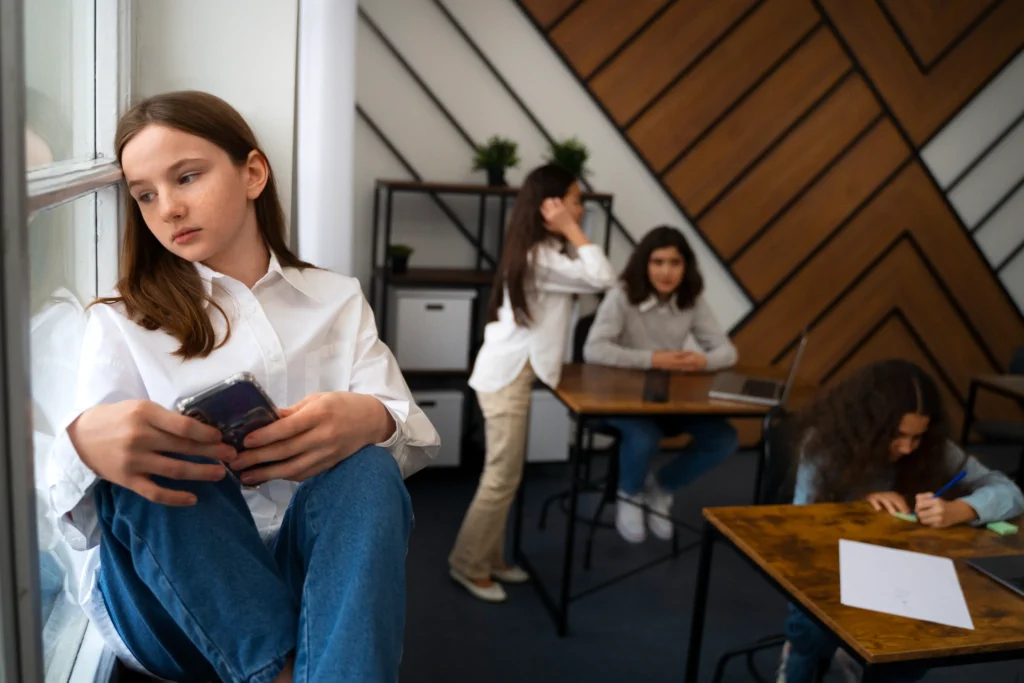
You feel irritable and want to cancel plans. You might even snap at family or avoid friends. Your social battery is completely empty, and the thought of more interaction is too much.
4. Motivational Fatigue

You have no energy for simple tasks. Starting a new project or even doing a small chore feels impossible. This lack of drive is a clear type of mental exhaustion.
5. Emotional Fatigue

This is deeper than just being tired. You feel moody, emotionally flat, or even have feelings of despair. This emotional exhaustion is the heaviest type of drain, making it hard to feel like yourself. It doesn’t matter if you’re an introvert or an extrovert.
4. The Real Cost of Your Meeting Marathon
Your Year is Filled with Meetings
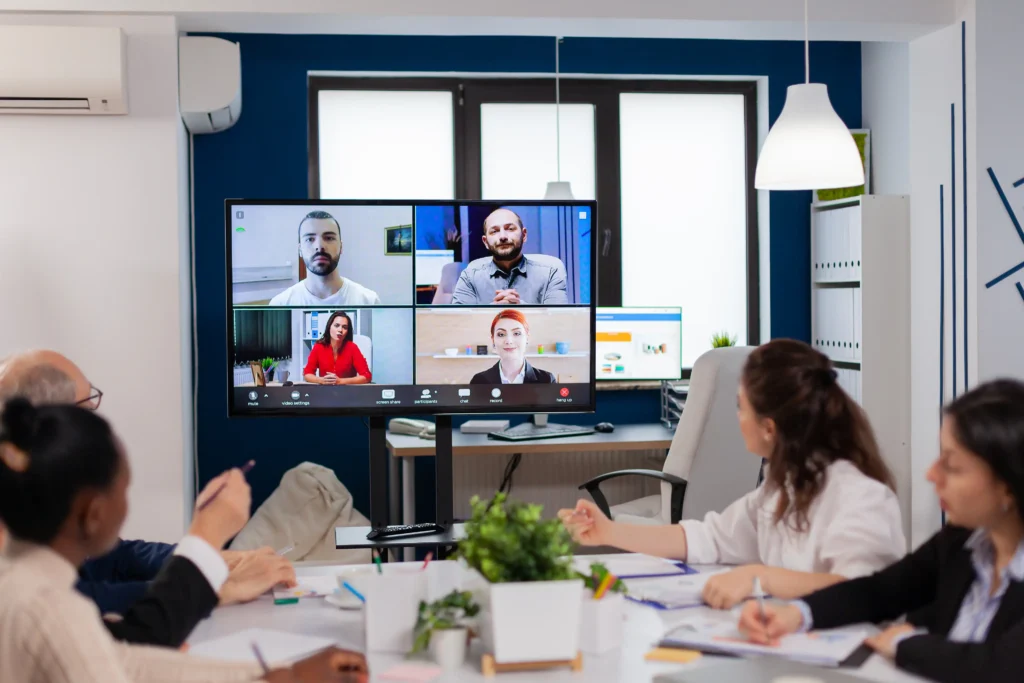
On average, you spend about 392 hours every year in meetings. That’s more than 16 full days. To make it worse, about 31 hours each month are lost to meetings that aren’t productive. This is a huge amount of time wasted.
Remote Workers Are Hit the Hardest

If you work from home, your schedule is packed with video calls. Remote workers attend about 7.3 video calls per week. Office workers only have about 2.6. Your calendar is constantly filled with boxes, leaving little room for your actual work.
Meetings Keep Getting Longer
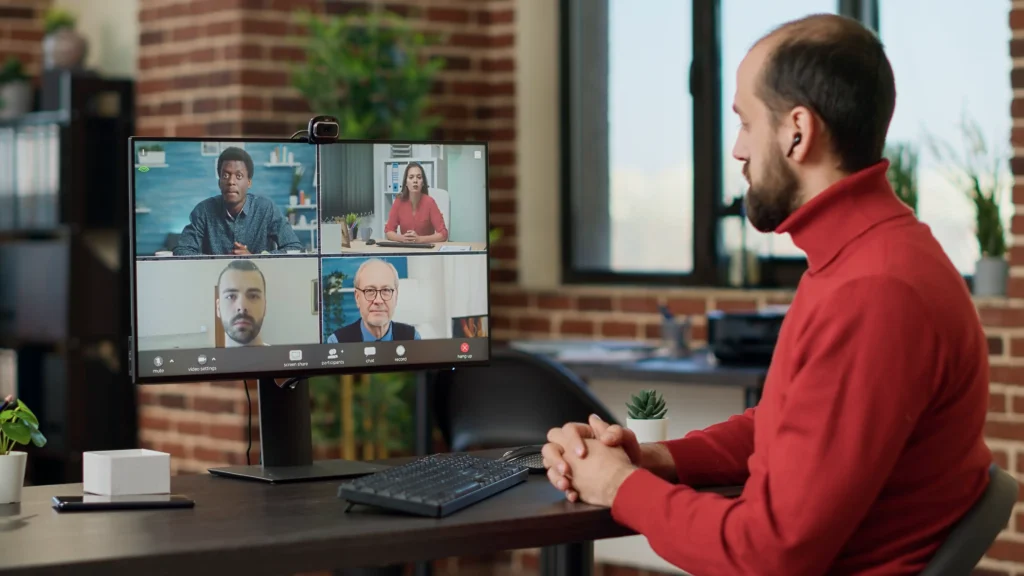
The problem is growing. The top 25% of people who use meetings the most now spend 7.5 hours a week in them. That’s a 192% increase from just a few years ago. This creates a cycle of constant context-switching and major productivity loss.
5. What Actually Works
Hide Your Own Face

That little video of yourself is a major source of stress. The moment you join a call, right-click your video and select “Hide self-view.” You’ll still be visible to others, but you won’t see yourself. This one action significantly reduces your mental load.
Shrink the Video Window
Stop using full-screen mode. Make your video call window smaller on your monitor. This reduces the intensity of all those faces staring at you. Smaller faces feel less intimidating and more natural.
Give Yourself Space
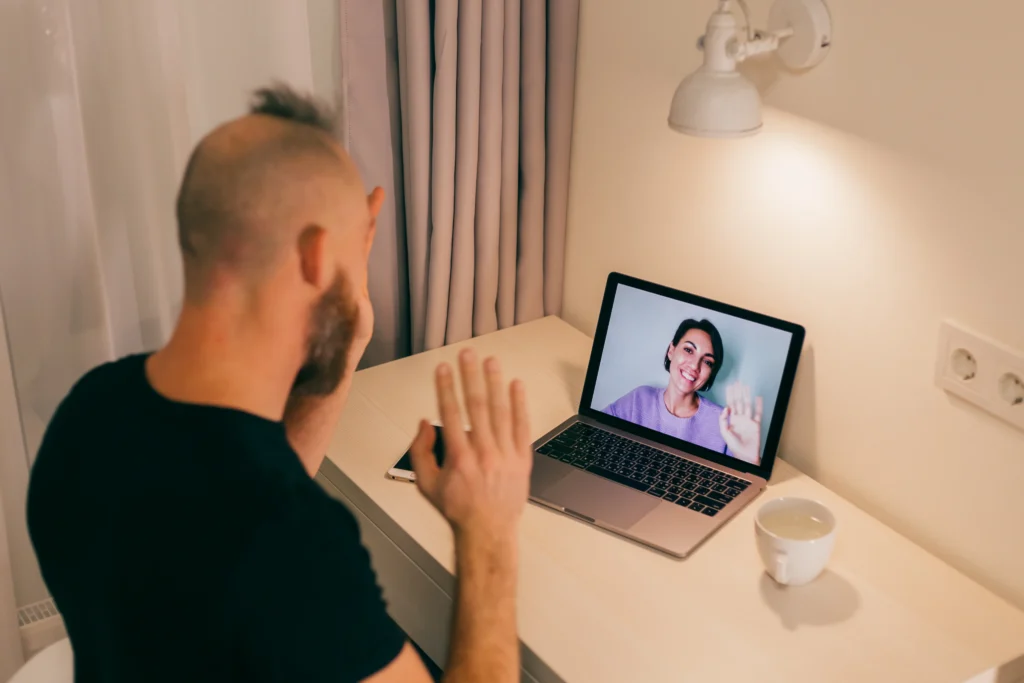
If you can, use an external keyboard and mouse. This forces you to sit further back from your screen. The extra distance reduces eye strain and makes the grid of faces feel less overwhelming.
Focus on One Thing

Multitasking during a meeting might feel productive, but it’s not. Task-switching can cost you 40% of your productive time. Close your email and other tabs. Your brain works best when it focuses, and you’ll get more out of the call.

